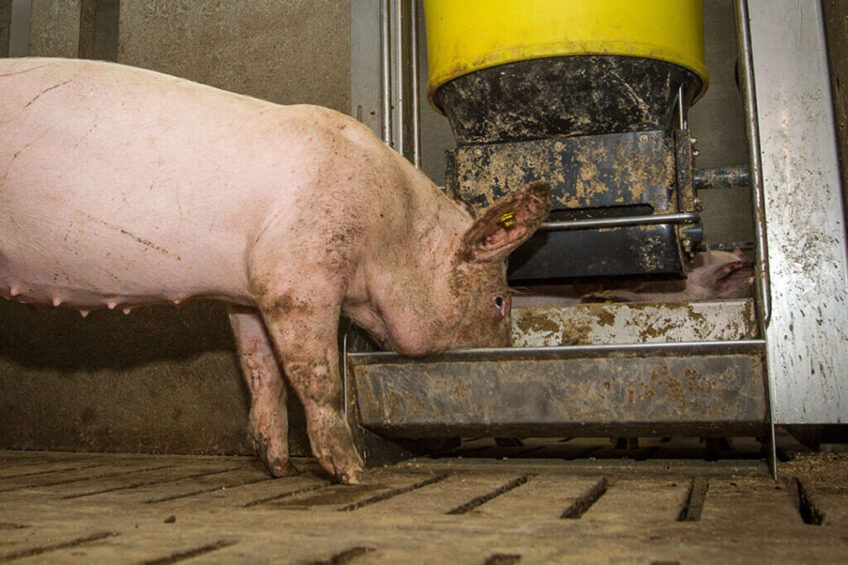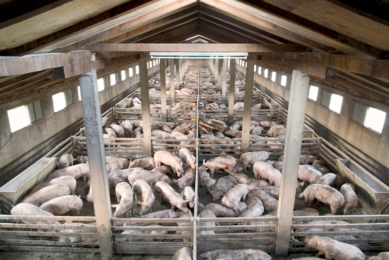New US research on ASF contamination in feed mills

Dr Megan Niederwerder, associate director of the Swine Health Information Center in Iowa received a 4-year grant from the US federal government to study the susceptibility of soybean feed ingredients to contamination by the ASF virus.
It has already been established, stated Dr Niederwerder, that soybeans and soybean products such as meal seem to ‘stabilise’ not only ASF, but also other viruses such as Porcine Epidemic Diarrhoea virus, Senecavirus and Foot-and-Mouth Disease virus.
Indeed, soybeans are even better than various types of laboratory media in terms of their ability to keep viruses intact. Dr Niederwerder and her colleagues surmise that this is due to the protein and/or moisture content of the beans.
2 parts to study
The first part of the study will involve work at Plum Island Animal Disease Center in New York. A team there will determine how long the ASF virus persists in both organic soybean meal and soybean oil cake, as these are 2 of the most common soybean feed ingredients the US imports from countries with ASF.
Another part of the study will involve evaluating various methodologies for detecting ASF contamination in feed ingredients in order to better understand how governments and industry might monitor the spread of the virus in feed.
Of course, Dr Niederwerder noted that prevention of feed contamination is critical. Feed manufacturers and swine producers should follow existing guidelines on recommended holding times and temperatures for soybean feed products.
New research in Europe
As Pig Progress reported in November, new research in the EU is underway, supported by the European Food Safety Authority. Researchers in Germany and Sweden are investigating the stability of ASF viruses in various animal feeds and bedding materials under practical storage conditions.
This builds on research that has confirmed that once the ASF virus enters the feed mill environment, it becomes widespread and movement of people can significantly contribute to the spread of the virus in a feed mill environment.
Feed mill decontamination
However, how to remove the ASF virus from contaminated feed mills is an important question. The same goes for removing ASF virus from feed bins on farms in countries where ASF is found.
Kansas State University’s Dr Chad Paulk and his colleagues are currently examining chemical decontamination of feed mills.
They have found that formaldehyde is effective as part of a ‘flushing’ clean-up step, rather than using it throughout the feed-making process, but they are not sure yet if it’s completely effective.











